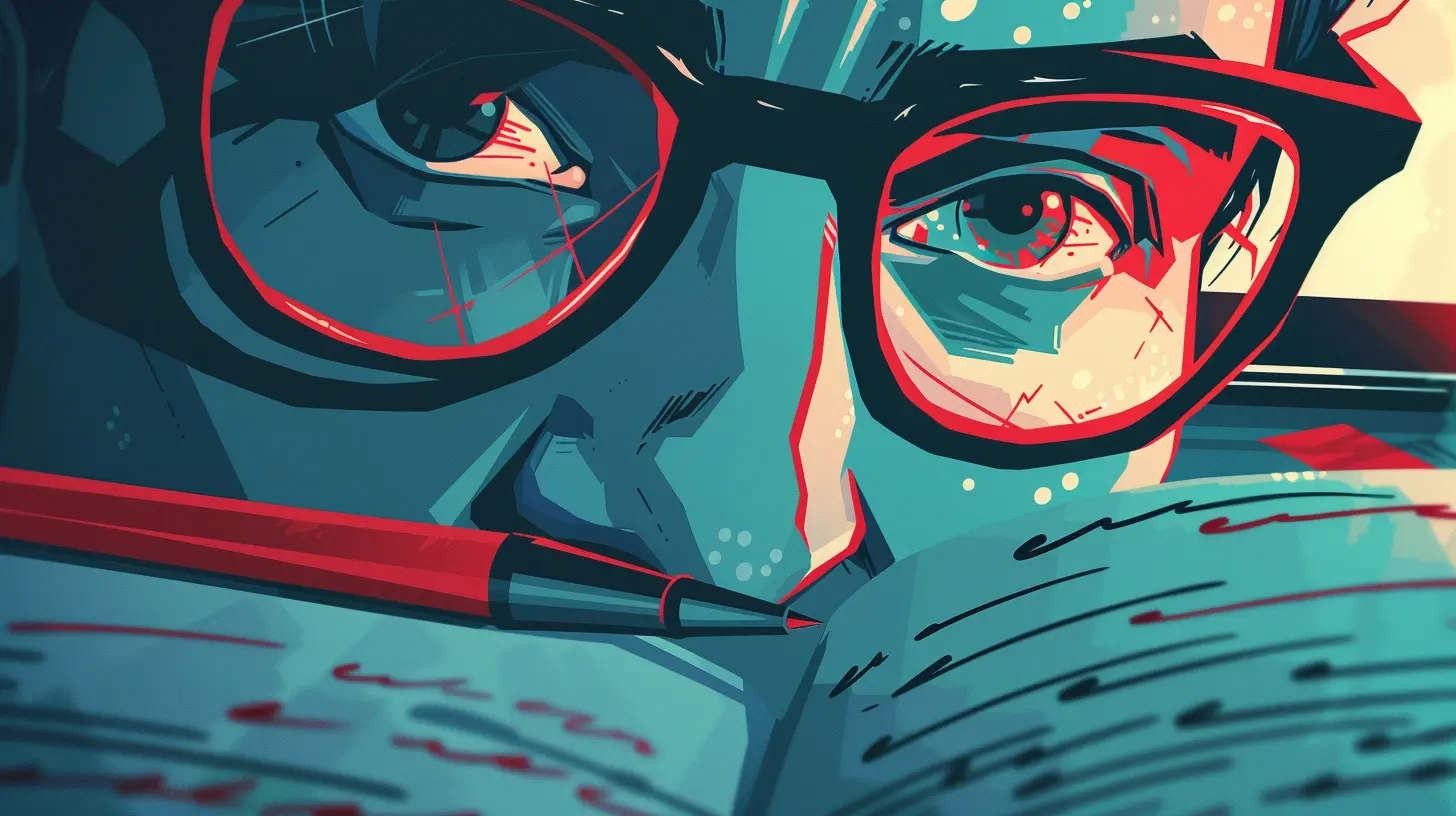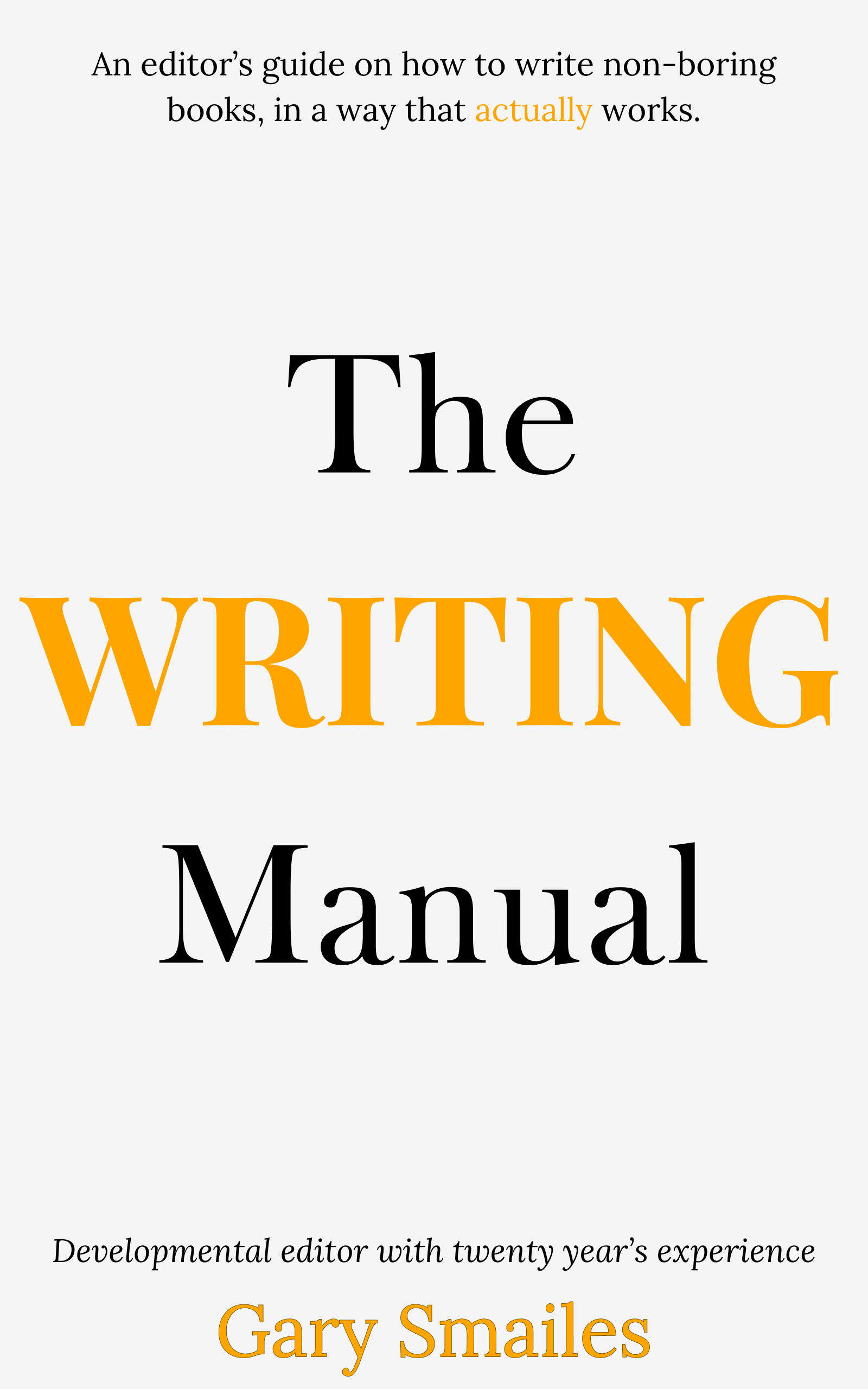



Editing a novel is much like sculpting a masterpiece from a block of marble—it requires precision, patience, and a keen eye for detail. While the initial draft is a significant achievement, the real magic happens in the editing process. This phase transforms your manuscript from a rough draft into a polished, reader-ready novel.
Many authors find editing to be one of the most challenging aspects of writing. Common hurdles include identifying plot holes, fixing character inconsistencies, and refining the language to make it more engaging. Yet, these challenges can be overcome with the right approach and tools.
In this comprehensive guide, we will delve into the various stages of novel editing, from self-editing tips to working with professional editors. Whether you're a seasoned author or a first-time novelist, understanding the significance of thorough editing will elevate your manuscript to new heights.
Before we dive in, let's take a moment to acknowledge that editing is not just about correcting grammar and spelling errors. It's about making sure your story flows seamlessly, your characters are well-developed, and your narrative captivates the reader from start to finish. Ready to make your manuscript shine? Let's get started.
Table of Contents
Editing is an essential part of the writing process that can make or break a novel. While writing the first draft is a significant milestone, it's the editing phase that transforms a manuscript into a polished, compelling story. But why is novel editing so crucial?
Firstly, editing enhances clarity and coherence. During the initial writing phase, it's natural for the narrative to have inconsistencies, plot holes, and underdeveloped characters. Editing helps to identify and rectify these issues, ensuring that the story flows smoothly and logically.
Secondly, editing improves the quality of writing. Even the most talented writers can miss grammatical errors, awkward phrasing, or repetitive language in their drafts. A thorough edit can refine the prose, making it more engaging and readable.
Moreover, editing allows for a fresh perspective. After spending months (or even years) engrossed in writing, authors can become too close to their work to see its flaws. Taking a step back and revisiting the manuscript with fresh eyes—or better yet, having a professional editor review it—can reveal areas that need improvement.
According to Stephen King, "To write is human, to edit is divine." This quote underscores the transformative power of editing in the writing process. A well-edited novel not only captivates readers but also stands a better chance of success in a competitive market.
Editing a novel involves various stages, each focusing on different aspects of the manuscript. Understanding the types of editing can help you determine which areas need attention and when to seek professional help. Let's explore the main types of editing:
Developmental editing, also known as substantive or content editing, focuses on the big picture elements of your manuscript. This includes structure, plot, pacing, character development, and theme. A developmental editor will provide feedback on story arcs, character motivations, and overall narrative flow, helping you to refine your story at a macro level.
Line editing delves into the finer details of your writing style and language use. This type of editing involves refining sentences and paragraphs for clarity, coherence, and impact. Line editors look at word choice, sentence structure, and the overall flow of the text to ensure that your prose is engaging and effective.
Copy editing focuses on correcting grammatical, punctuation, and spelling errors. This stage also involves checking for consistency in style, such as ensuring uniform use of capitalization, hyphenation, and formatting. Copy editors aim to polish the text, making it as error-free as possible.
Proofreading is the final step in the editing process. It involves a thorough review of the manuscript to catch any remaining errors that might have been missed during previous editing stages. Proofreaders focus on minor issues like typos, punctuation errors, and formatting inconsistencies, ensuring that the manuscript is ready for publication.
To provide a quick reference, here is a brief comparison of the different types of editing:
| Type of Editing | Focus | Key Elements |
|---|---|---|
| Developmental Editing | Big Picture | Structure, Plot, Characters, Theme |
| Line Editing | Language and Style | Sentence Structure, Word Choice, Flow |
| Copy Editing | Grammar and Consistency | Grammar, Punctuation, Spelling, Style Consistency |
| Proofreading | Final Review | Typos, Punctuation Errors, Formatting |
Learn more about types of editing with this in-depth article.
Before seeking professional editing services, it's beneficial to self-edit your manuscript to improve its quality. Here are some practical self-editing tips to help you polish your novel:
One of the best things you can do before starting the editing process is to take a break from your manuscript. Stepping away for a few days or even weeks allows you to return with fresh eyes and a clearer perspective, making it easier to spot errors and areas for improvement.
Reading your manuscript aloud can help you identify awkward phrasing, repetitive language, and inconsistencies. Hearing the words spoken can reveal issues that might not be apparent when reading silently. Consider recording yourself and playing it back to catch additional errors.
There are several editing tools and software available that can assist in the self-editing process. Programs like Grammarly and ProWritingAid can help you catch grammatical errors, improve sentence structure, and enhance readability. While these tools are not a substitute for a human editor, they can be valuable aids.
When editing your manuscript, use the track changes feature in your word processor to keep a record of your edits. This allows you to review and compare changes easily and ensures you don't lose any original content. It also helps if you decide to share your edits with others for feedback.
A style sheet is a helpful tool for maintaining consistency in your writing. It includes guidelines for grammar, punctuation, capitalization, and other stylistic choices specific to your manuscript. By referring to your style sheet during the editing process, you can ensure that your writing remains uniform and professional.
Beta readers are individuals who read your manuscript before it's published and provide feedback on various aspects of the story. Establishing a feedback loop with beta readers can give you valuable insights into how your novel is perceived by others. Be open to their suggestions and use their feedback to make necessary improvements.
Learn more about self-editing with our in-depth guide.
After self-editing your manuscript, the next step is to collaborate with a professional editor. Professional editors bring a wealth of experience and a fresh perspective to your work, helping to elevate your manuscript to its full potential.
Choosing the right editor is crucial for a successful editing process. Look for an editor with experience in your genre and a track record of working with authors whose work you admire. Websites like Reedsy and professional organizations such as the Editorial Freelancers Association (EFA) can help you find qualified editors.
When you begin working with a professional editor, expect a detailed review of your manuscript. Editors will provide feedback on various aspects, including plot structure, character development, pacing, and language use. Be prepared for constructive criticism and be open to making changes that will improve your novel.
Effective collaboration with your editor is key to a successful editing process. Here are some tips to ensure a smooth working relationship:
Even seasoned writers can fall into certain traps when editing their manuscripts. Being aware of common mistakes can help you avoid them and ensure your novel reaches its highest potential. Here are some pitfalls to watch out for:
While it's important to refine your manuscript, over-editing can lead to a loss of your unique voice and style. Constantly reworking sentences and paragraphs can make your writing feel mechanical and devoid of personality. Aim for a balance between polishing your prose and maintaining your authentic voice.
Focusing too much on minor details like grammar and punctuation can cause you to overlook larger issues such as plot inconsistencies, weak character development, and pacing problems. Addressing these big-picture elements first will make the final proofreading stage more effective.
Editing can be a time-consuming and mentally exhausting process. Failing to take breaks can lead to burnout and decreased productivity. Schedule regular breaks to rest and recharge, allowing you to return to your manuscript with a fresh perspective.
It's natural to feel attached to your writing, but being too close to your manuscript can make it difficult to accept constructive criticism. Be open to feedback and willing to make changes, even if it means cutting cherished scenes or characters. Remember, the goal is to create the best possible version of your story.
Feedback from beta readers and editors is invaluable, yet some writers may be tempted to dismiss it. Instead of viewing feedback as criticism, consider it an opportunity for growth. Carefully evaluate the suggestions you receive and implement those that will strengthen your manuscript.
Editing is a marathon, not a sprint. Rushing through the editing stages can result in missed errors and unresolved issues. Take the time necessary to thoroughly review and refine your manuscript, ensuring it meets your highest standards before submitting it for publication or further review.
An editing checklist can help you stay organized and ensure that no aspect of your manuscript is overlooked. Use this comprehensive checklist to guide you through the editing process:
Read out extensive developmental editing checklist.
Editing a novel involves reviewing and revising the manuscript to improve its overall quality. This process includes multiple stages, such as developmental editing, line editing, copy editing, and proofreading, each focusing on different aspects like plot structure, character development, language use, and grammatical accuracy.
The cost of editing a novel can vary widely depending on factors such as the length of the manuscript, the type of editing required, and the editor's experience and rates. On average, developmental editing can range from $0.03 to $0.08 per word, line editing from $0.02 to $0.05 per word, and copy editing from $0.01 to $0.04 per word. Proofreading typically costs around $0.01 to $0.03 per word.
To get your novel edited, start by self-editing and seeking feedback from beta readers. Once you've polished your manuscript, research and choose a professional editor with experience in your genre. You can find editors through websites like Reedsy or professional organizations like the Editorial Freelancers Association (EFA). Discuss your needs with potential editors, review their portfolios, and agree on a timeline and cost before beginning the editing process.
Editing is a crucial step in the journey of writing a novel. Whether you choose to self-edit, seek feedback from beta readers, or work with a professional editor, each stage of editing brings you closer to creating a polished and compelling manuscript. By being aware of common pitfalls, utilizing helpful tools and checklists, and maintaining an open mind towards constructive criticism, you can significantly enhance the quality of your work.
Remember, the goal of editing is not just to fix errors but to elevate your story, making it the best it can be for your readers. Embrace the process, and enjoy watching your novel transform from a rough draft into a finished product that you can be proud of.
If you're ready to take the next step in your editing journey, don't hesitate to reach out to professional editors or join writing communities where you can share experiences and gain valuable insights. Happy editing!

Claim your free eBook today and join over 25,000 writers who have read and benefited from this ebook.
'It is probably one of the best books on writing I've read so far.' Miz Bent